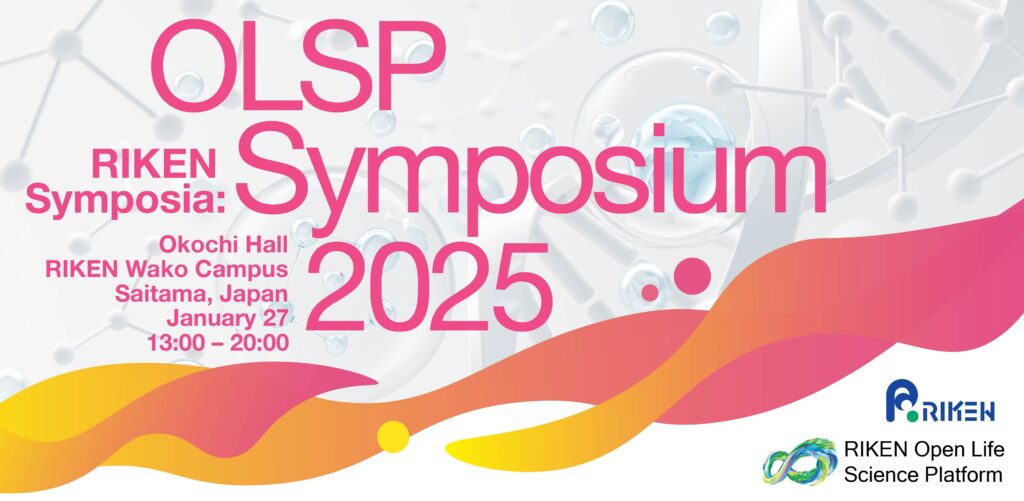We’re excited to announce that registrations are now open for the foundingGIDE Community Event 2025, taking place in Brisbane, Australia on October 17–18. Join us for 1.5 days of collaboration and engagement with the global imaging data community. More details below.
The foundingGIDE Community Event is positioned between two major data-centric conferences and offers a unique opportunity for professionals engaged in research data management, imaging, and digital infrastructure to connect with the global data research community. FoundingGIDE Community Event (October 17-18) is following International Data Week 2025 (October 13–16) and preceding eResearch Australasia 2025 (October 20–24) all at the same location, Brisbane Convention and Exhibition Centre, Australia. These three events bring together communities working toward the FAIR data principles and advancing practices in data sharing, stewardship, and interoperability across scientific domains.
To find out more about the event and to register, visit https://founding-gide.eurobioimaging.eu/community-event-2025/.


foundingGIDE has received funding from the European Union’s Horizon Europe research and innovation programme under grant agreement number 101130216. Views and opinions expressed are however those of the author(s) only and do not necessarily reflect those of the European Union or the European Research Council Executive Agency. Neither the European Union nor the granting authority can be held responsible for them.
